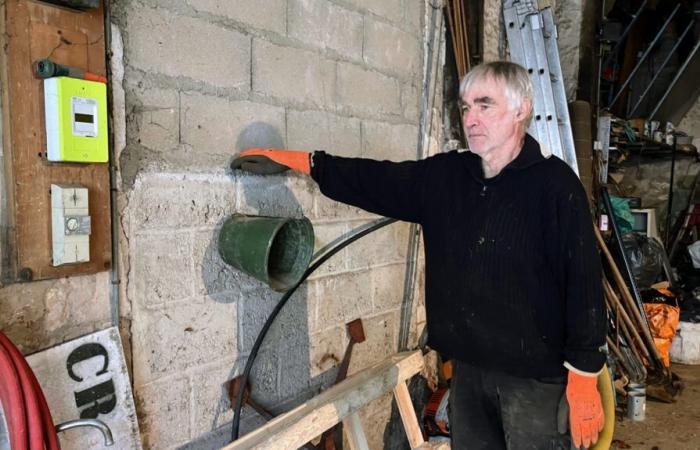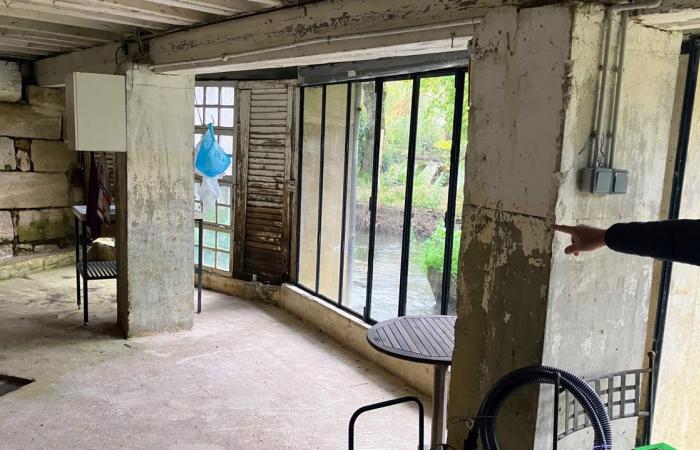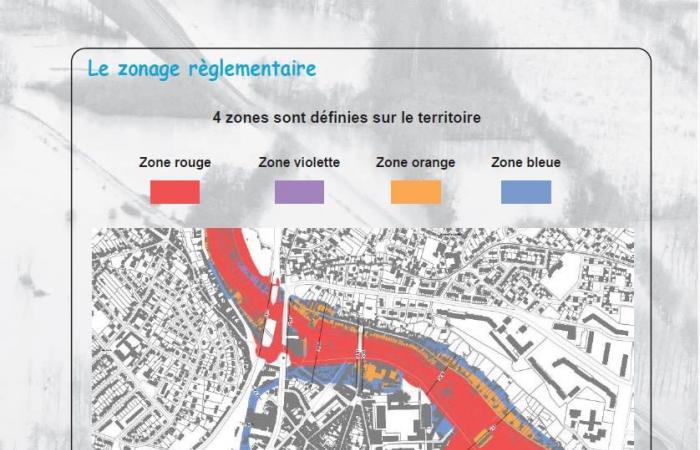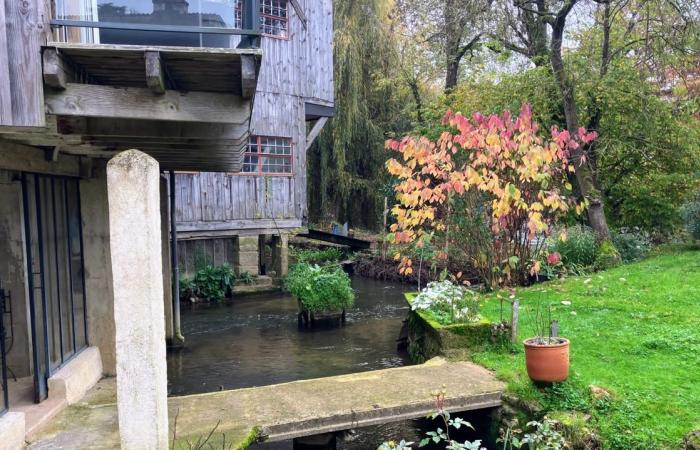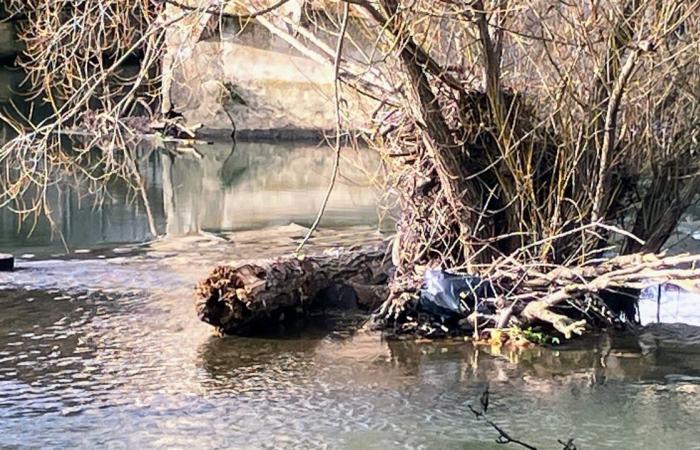Poitiers bathes its feet in the water from time to time.
The last major flood of the Clain dates back to December 1982. The river, swollen by torrential autumn rains, then reached a level of 5.60 m, drowning a large area.
This hundred-year flood even raised fears of a collapse of the Intendant-Le-Nain bridge, the one which allows you to “go up” to the Couronneries from the Porte de Paris.
Four thousand people and sixty businesses threatened
Forty years later, the memory of this flood has been greatly diluted. Not the risk. He's still there. And perhaps even more present thanks to increasing urbanization.
Along the Clain, from Smarves to Saint-Georges-lès-Baillargeaux, no less than four thousand inhabitants are directly affected, half of whom live in Poitiers. Sixty companies are threatened in the event of a flood of the century.
Constructions bordering the Clain must respect draconian rules to raise the houses.
© (Photo NR-CP, Emmanuel Coupaye)
The risk prevention plan provides, for these nine municipalities bordering the Clain, to encourage residents of the river to take precautions. Four municipalities in Grand Poitiers bordering the Vienne also have their own plan.
Red, orange, purple… everyone can go to the interactive map of Grand Poitiers and the attached documents to check what risk their address corresponds to.
The house of this resident of the Clain is on stilts. The basement is regularly flooded.
© (Photo NR-CP, Emmanuel Coupaye)
And do you know the color of this risk? “We are in the red zone”, answers us without hesitation this trio of local residents encountered on rue des Quatre-Roues. They chat at the entrance to a hangar where a promoter is eyeing who risks seeing his hopes disappointed. In the red zone, it is impossible to create housing.
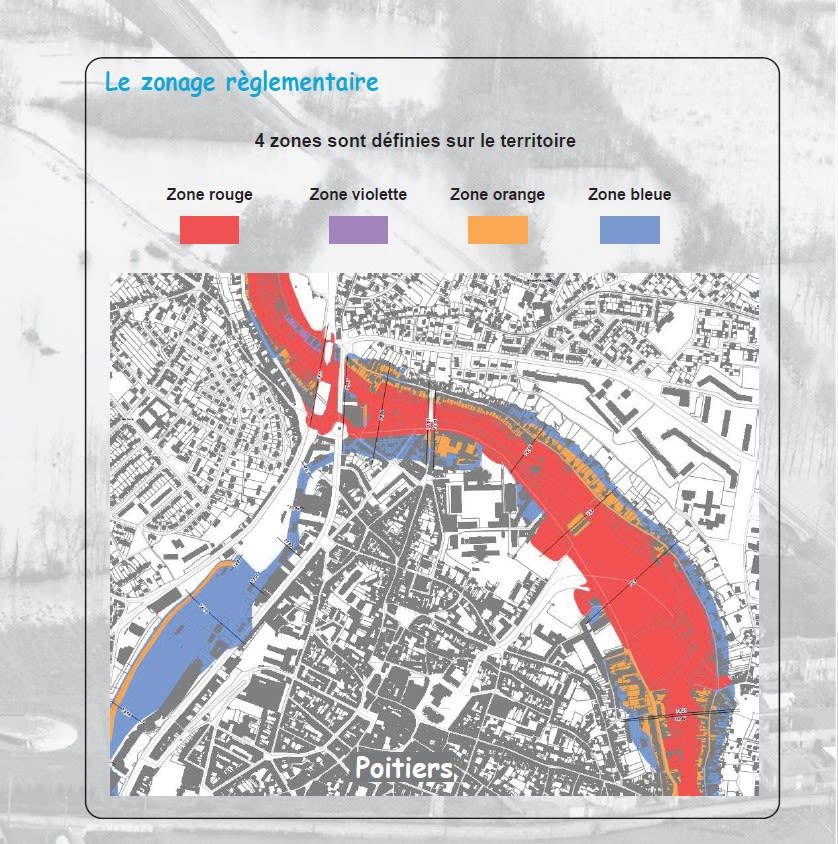
The documents posted online allow you to discover the different risk areas.
© (Document capture Vienne Prefecture)
“The Clain, it passes below the hangar. During the great flood of 1982, the water rose that far”says the landscaper, pointing with his arm to the famous hillside. Battery at the height of the electric meter.
Any work will be for the future owner. “I'm just a tenant and I'm stopping at the end of the year. »
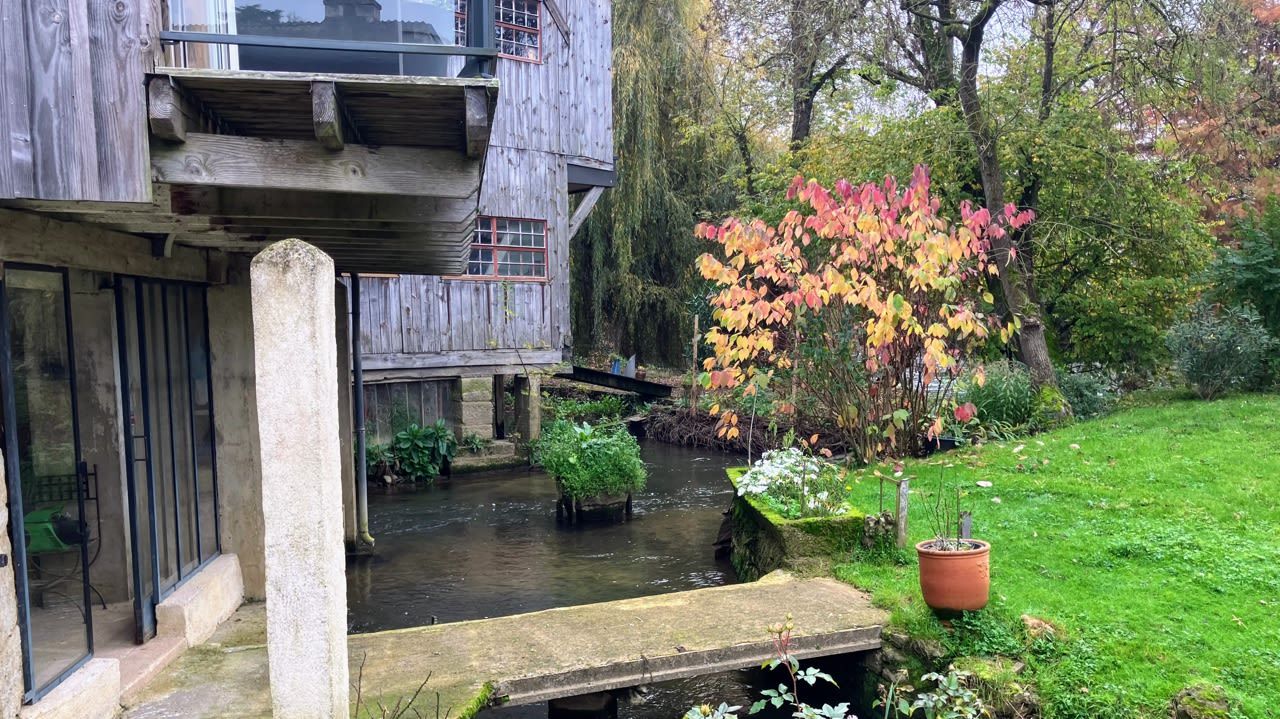
The incomparable charm of a house bordering the river does not put you off, despite the risks.
© (Photo NR-CP, Emmanuel Coupaye)
Annie and André also border the Clain. “It’s a risk, it’s true. But, I grew up on the banks of the Charente, every year the house took on water. We were used to it. My father had made a hole in the wall to drain the water, he then blocked it with a sheet of metal and pushed the stove. At the time, we didn't have all this equipment that was afraid of water. That was seventy years ago! We threw a bucket to clean it up and there it was…”
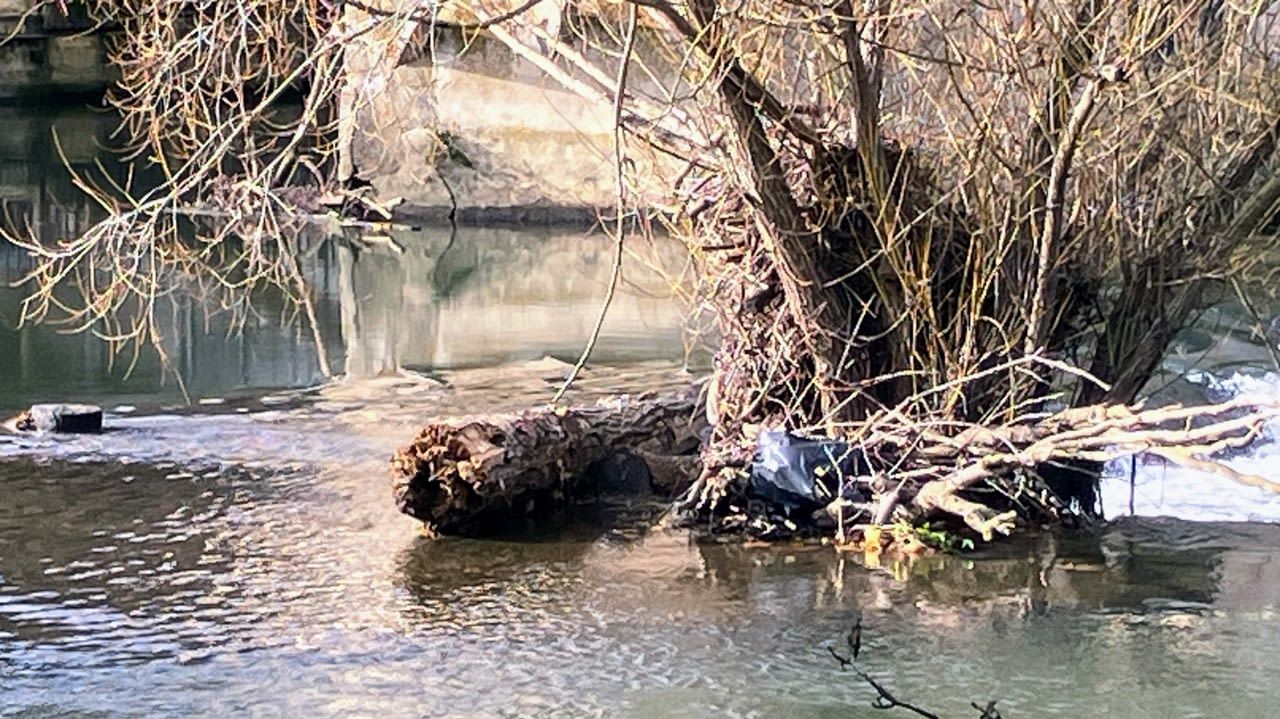
Jams, these piles of trunks, branches and debris, regularly form in the bed of the Clain.
© (Photo NR-CP, Emmanuel Coupaye)
This retired couple received the letter for the diagnosis. He's going to see if he registers. “If the diagnostic requirements are enforceable against insurers, we have to see… We had already raised the house by 40 cm when we arrived. It is on stilts. We also put the electrical panel higher. »
The posts in the garden with a view of the Montierneuf church serve as improvised flood markers. They peak at one meter in height. “The water regularly reaches that height,” confides André.
“In one year, the basement was flooded thirteen times, you know, Annie agrees. When you see the state of the banks and all these trees across the water, it's not surprising either. It should be cleaned! »
Next public meetings: Friday November 15 at 6:30 p.m. in Poitiers, auditorium of the Sainte-Croix museum; Friday November 22 at 6:30 p.m. in Bonnes, village hall; Monday November 25 at 6:30 p.m. in Jaunay-Marigny, Agora; Wednesday November 27 at 6:30 p.m. in Migné-Auxances, town hall; Thursday November 28, 2024 at 6:30 p.m. in Ligugé, town hall.
Free diagnosis, expensive and subsidized work
Who knows? Any owner of a property located in the area regulated by the flood prevention plan can carry out a diagnosis to reduce the vulnerability of their home. It makes it possible to identify the consequences of the risk of flooding and to propose measures to reduce it. This may involve installing pumps, anchoring fuel oil and gas tanks and tanks, installing cofferdams to block openings in the event of flooding, raising electrical panels and heating appliances, etc.
This prescribed work must be carried out within five years.
Grand Poitiers has decided to offer this diagnosis free of charge, the cost of which can be steep for owners but essential. Insurers will look closely in the event of damage and will refuse compensation if the prescribed work has not been done.
They can be covered up to 80% via the major natural risks prevention fund. Here again, Grand Poitiers offers free administrative support.
The first diagnostics will be carried out at the beginning of 2025 and will continue for two years.
Information and registration with the Prevention Crisis Management Resilience Mission at 05.49.52.35.35 and by email [email protected]

